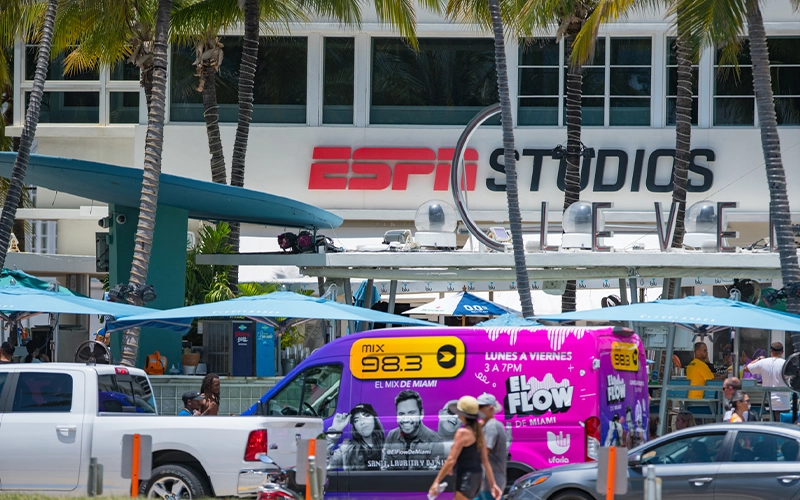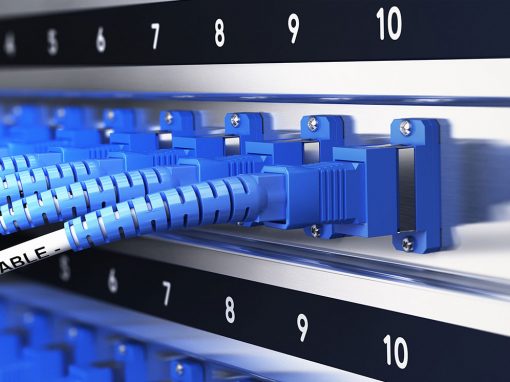For years, ESPN has been hailed as the “crown jewel” or “golden goose” of Pay TV; the unassailable asset that would continuously grow and churn out profits for Disney. Even as recently as 2011, ESPN hit new subscriber records, with over 100 million subs. However, a confluence of factors, including the rise of OTT services like Netflix, steady increases of the price of the traditional Pay TV bundle, and a shift in consumer demographics / content consumption will collectively pose a serious threat to ESPN’s position in the Pay TV ecosystem.
Round 1: Altice vs. Disney
Throughout much of September, Altice, the 7th largest MVPD provider in the US, with just under 4 million subscribers, had been engaged in a public dispute with Disney over the renegotiation of its carriage contract. If an agreement had not been reached, Disney’s channels would have been blacked out of Altice’s customers starting in October. Blackouts are a relatively common occurrence; nearly 170 of them have occurred in 2017 alone. However, the parties involved in this negotiation raised the stakes of this dispute to be much larger than a single carriage contract. While the two sides eventually reached an agreement, the dynamics in play within the negotiation may mark the start of new era for Disney / ESPN, as Altice waged a public campaign targeted squarely at ESPN. TV ads focused on putting consumer pressure on Disney called out ESPN’s “crumbling business” and said Disney’s ownership of ESPN was its “dark secret”. 10 years ago, this would’ve been an ineffective tactic at best – and worked in Disney’s favor in the worst case- but in today’s environment, the multitude of skinny bundles [link to skinny bundle article] as well as changing consumer preferences means the stick that ESPN wields is becoming less menacing.

It is not a surprise that Altice targeted ESPN – the network’s subscriber losses have been well-documented, but remains the most expensive network to carry by far. In 2016, ESPN’s monthly affiliate fee was ~$7.30 whereas the 2nd-most expensive network, TNT, cost ~$1.80 monthly. In this latest round of carriage renegotiations, Disney was reportedly asking for an even higher monthly fee, as programming costs for EPSN continue to balloon due to their burdensome contracts with the major sports leagues.

Status Quo…for now
In the end, Altice blinked and will likely see increasing affiliate fees for ESPN and other Disney channels; however, there is no rest for Bob Iger’s team, as Altice was just the first of several deals that they will have to strike in the coming months. While the combination of ESPN’s sports programming (e.g., Monday Night Football, NBA broadcasts) and Disney / ABC’s shows were able to win out in this deal, this does nothing to stem the bleeding within the Pay TV industry in general. If ESPN sub losses continue to mount, Disney will find it increasingly difficult to justify further increases in carriage fees. Even if they are able to maintain ESPN’s pricing in this round of renegotiations, it no longer seems like a lock in subsequent contracts. Case in point, Disney’s 10-year deal with Comcast runs out in 2022 and if ESPN is unable to stem their losses, Disney will be hard-pressed to find favorable terms for the next contract.
Additionally, Disney might find itself stuck between a rock and a hard place as the competition for sports rights is likely to become even more competitive with internet giants Amazon and Facebook interested in the next round of TV contracts. The cost of these contracts is expected to increase and a smaller ESPN may no longer be able to justify the cost of live sports and lose the core of their programming. With no live sports programming and its flagship SportsCenter program rendered irrelevant by internet video, ESPN is at risk of becoming a shadow of itself.
Who crosses the Rubicon?
Charlie Ergen, Chairman of DISH Network, recently remarked that “if Altice took down ESPN permanently, that would be a watershed moment”. Although it did not occur with Altice, it is not hard to imagine a situation in the next 5 – 10 years where ESPN is removed from a Pay TV provider’s lineup completely. When that occurs, it’ll be a whole new ballgame for ESPN; if the Pay TV provider struggles due to the loss of ESPN’s programming, it’ll be a major win for Disney and proves the value of the network. However, if the Pay TV provider is able to survive without the channel, subsequent negotiations with all Pay TV providers become significantly harder. A player like Comcast or AT&T is unlikely to drop ESPN in the near term, but can negotiate for reduced fees or other concessions. Instead, it will likely be a smaller MVPD or even a satellite player like DISH that may the first to fully drop ESPN.

ESPN may even be under assault from Disney itself as it plans to launch a standalone OTT offering for ESPN. While this offering is targeted at cord-cutters and cord-nevers, as consumers become more tech-savvy, Disney may start cannibalizing their Pay TV customers and give Pay TV providers yet another reason to push back against ESPN’s affiliate fees. The proliferation of OTT programming and skinny bundles has proved there is a sizable segment of consumers that are more value-conscious and the traditional Pay TV bundle does not appeal to them. The question “How many people would drop ESPN if their cable bill went down $15 month” is one that Disney / ESPN executives might not want to hear the answer to.
The Disney-Altice dispute was likely just the first of many tough negotiations that Disney / ESPN have in front of them – they may have won the battle, but the war in the media and entertainment ecosystem is just beginning to heat up.





